Best Seasons for Foundation Repairs
Determining the optimal time for foundation repairs depends on various factors including weather conditions, soil stability, and the severity of foundation issues. Typically, the most suitable periods are during moderate temperatures and dry weather, which facilitate effective repair work and allow materials to set properly. Repair projects during extreme cold or hot seasons may face delays or complications due to soil contraction or expansion.
Spring and fall are ideal for foundation repairs due to moderate temperatures and consistent weather conditions.
Dry weather minimizes delays caused by rain or snow, ensuring repairs proceed smoothly.
Soil stability is crucial; repairs are best performed when soil is neither overly saturated nor extremely dry.
Early detection of cracks or uneven floors can guide timely repairs, regardless of season.
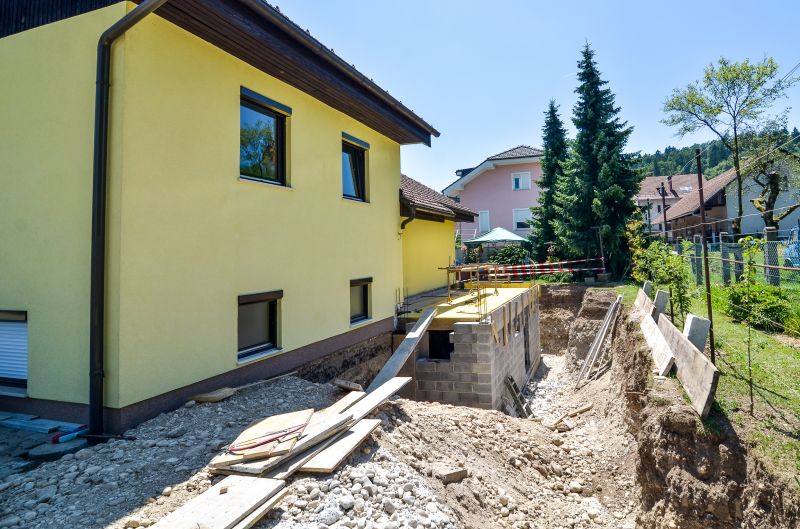
Spring offers moderate conditions suitable for effective foundation repair work.

Summer repairs can be successful with proper planning during dry periods.
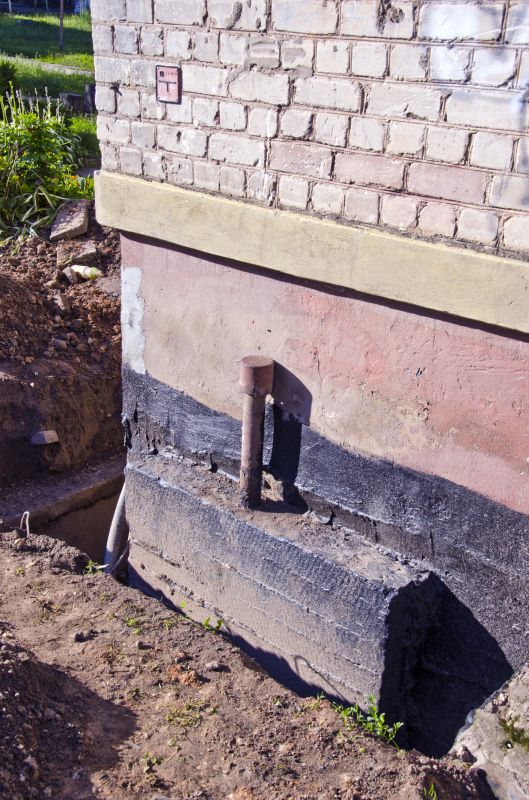
Fall provides ideal weather for foundation stabilization projects.

Ways to make Foundation Repairs work in tight or awkward layouts.
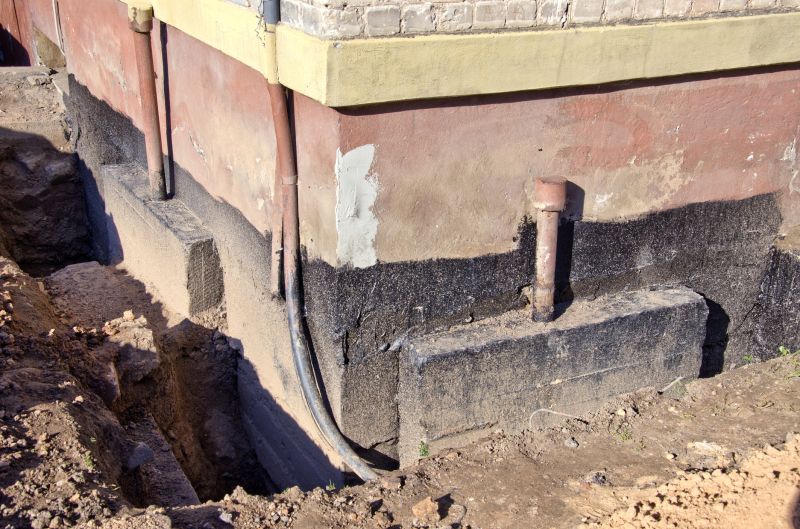
Popular materials for Foundation Repairs and why they hold up over time.
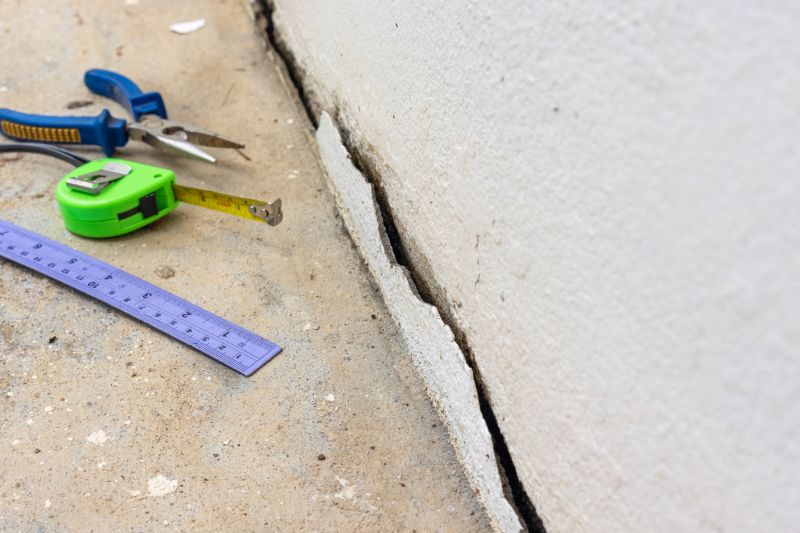
Simple add-ons that improve Foundation Repairs without blowing the budget.
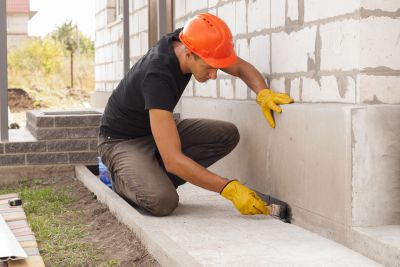
High-end options that actually feel worth it for Foundation Repairs.
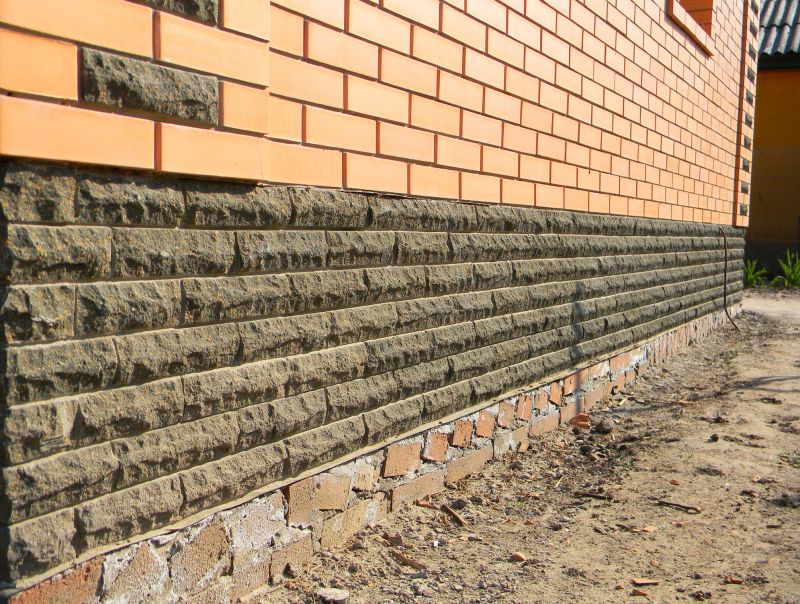
Finishes and colors that play nicely with Foundation Repairs.
| Season | Ideal Conditions |
|---|---|
| Spring | Moderate temperatures, minimal rain |
| Summer | Dry weather, avoid extreme heat |
| Fall | Cool temperatures, dry conditions |
| Winter | Cold temperatures and potential frost delays |
Foundation repairs are essential for maintaining structural integrity and preventing further damage to a property. Common issues include cracking, settling, and shifting caused by soil movement, moisture changes, or poor construction. Timely intervention can prevent costly repairs and extend the lifespan of a building. Modern repair techniques involve underpinning, slab jacking, and piering, which stabilize and reinforce the foundation effectively. Statistics indicate that early repairs can reduce long-term costs by up to 50 percent, emphasizing the importance of prompt action.
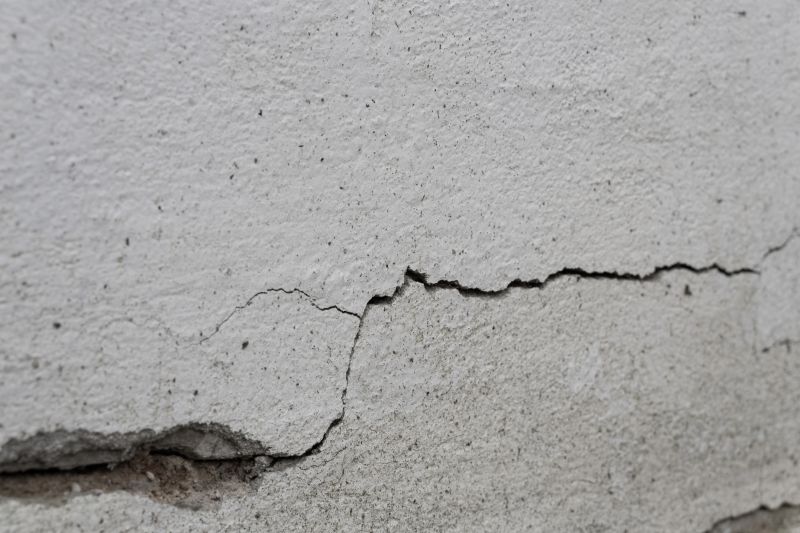
Visible cracks often indicate underlying foundation issues that require assessment.
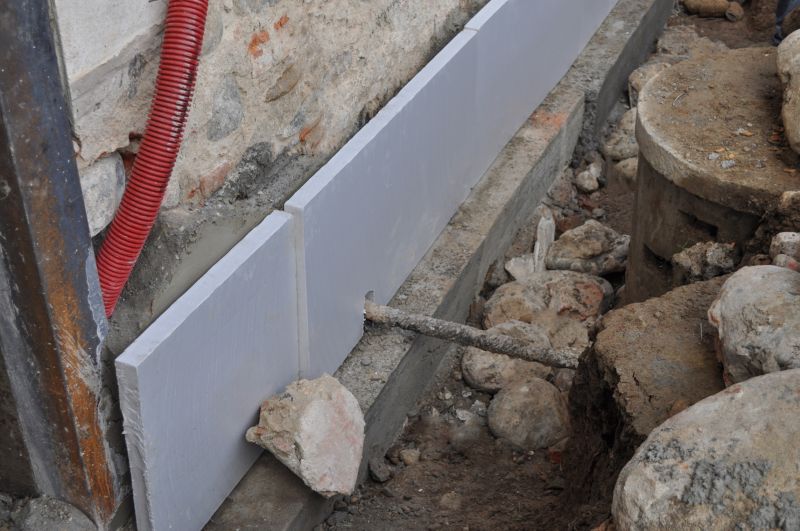
Underpinning stabilizes the foundation by extending its depth or width.
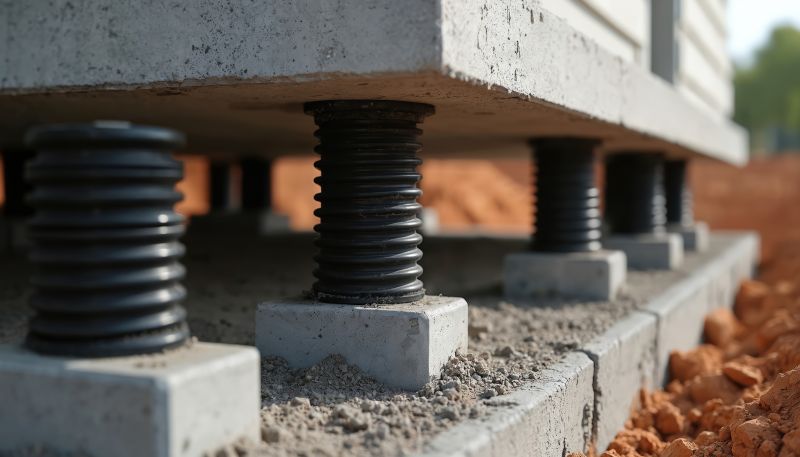
Piering involves installing supports beneath the foundation to lift and stabilize.
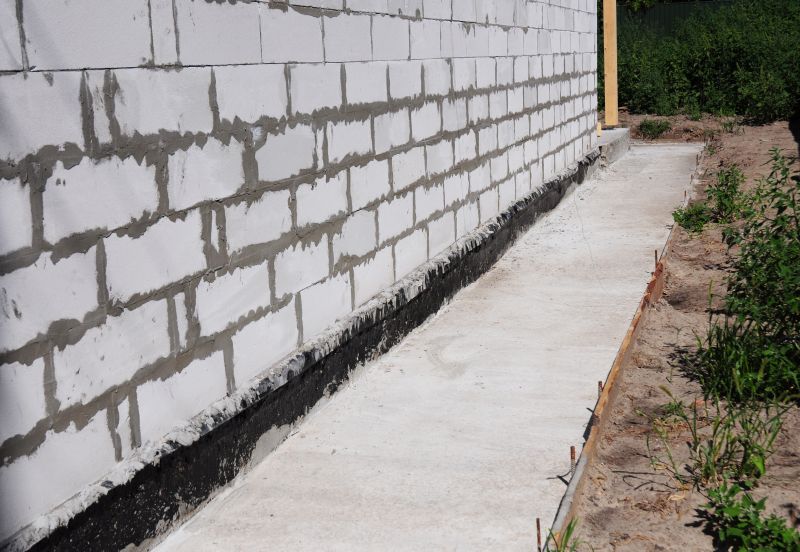
Proper soil management prevents future foundation movement.
Understanding the best time for foundation repairs can significantly influence the success and durability of the work. Consulting with foundation specialists can provide insights tailored to specific property conditions and local climate patterns. Proper timing ensures that repairs are performed under optimal conditions, leading to better results and longer-lasting stabilization.
Interested property owners can reach out to schedule an assessment and discuss repair options.
Professional evaluations identify foundation issues and recommend appropriate solutions.
Scheduling repairs during suitable seasons ensures efficient project completion.




